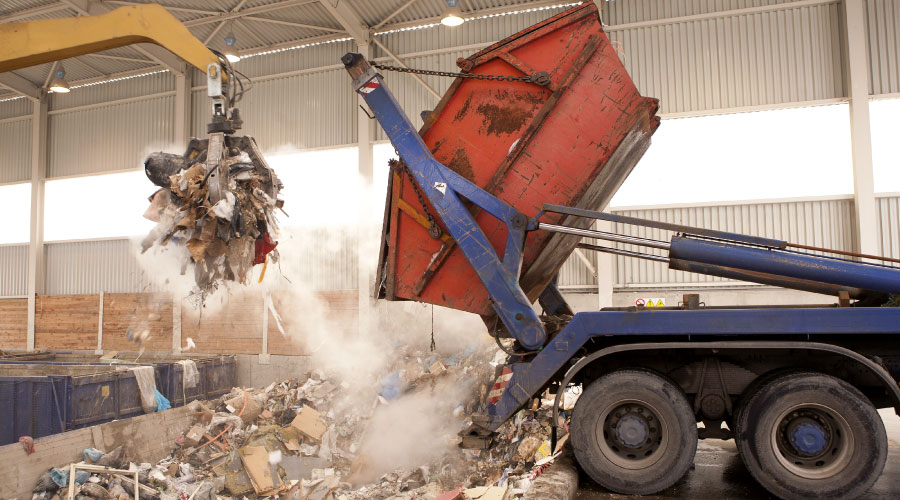NIOSH Targets Safety on Metal Ladders
The National Institute for Occupational Safety and Health (NIOSH) has developed recommendations to prevent injuries and deaths while working with metal ladders.
Workers risk electrocution when using metal ladders around energized, overhead power lines. Now, the National Institute for Occupational Safety and Health (NIOSH) has developed recommendations to prevent injuries and deaths while working with metal ladders.
The recommendations offer information to managers and workers on safe set-up, use, and movement of ladders to avoid electrocution.
A NIOSH review of the Bureau of Labor Statistics (BLS) data on fatal occupational injuries from 1992–2005 identified at least 154 electrocution deaths that resulted from contacting overhead power lines with portable metal ladders, excluding truck-mounted and aerial ladders.
Of these 154 deaths, 36 involved a person of Hispanic origin. Although Hispanic workers accounted for 23 percent of these electrocution deaths due to ladders contacting power lines, it is estimated they made up only 11 percent of the workforce during this period.
The NIOSH Fatality Assessment and Control Evaluation (FACE) Program is designed to identify, study, and prevent fatal occupational injuries. A review of NIOSH FACE cases between 1987 and 2007 identified 11 investigations involving the deaths of 12 workers that occurred while working around overhead power lines and using metal ladders.
The surveillance data indicate a disproportionate rate of deaths among Hispanic workers involved in incidents related to metal ladders making contact with overhead power lines. Recent investigations of Hispanic worker deaths also have highlighted the need for worksite surveys and hazard controls, and they identified additional safety measures for workers whose primary language is not English.
For more information, visit the NIOSH safety and health topic page on electrical safety.
Related Topics:











